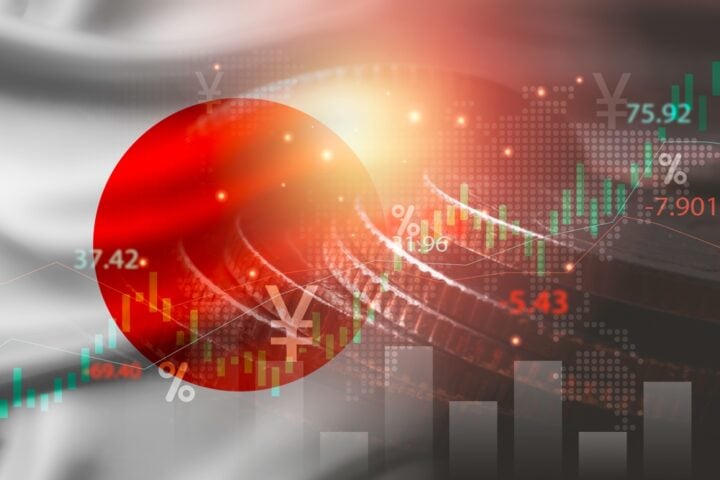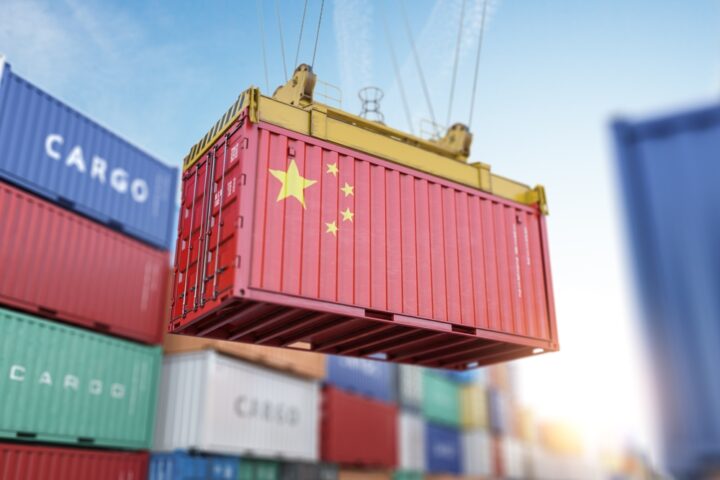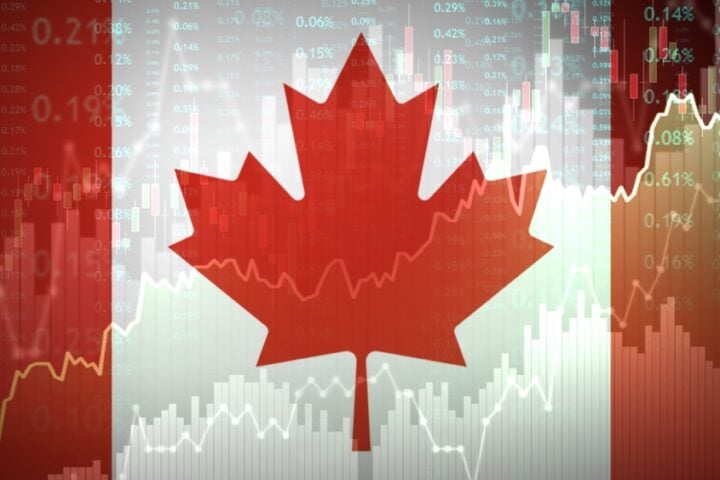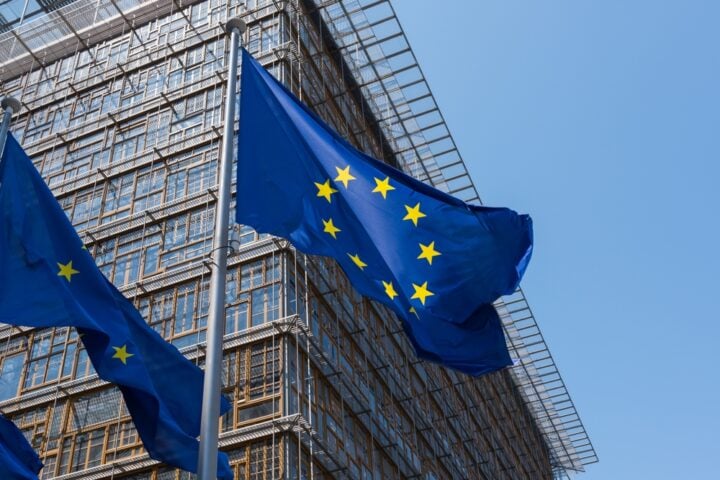New 25% levy targets imported vehicles and parts
President Donald Trump on Wednesday announced a 25% tariff on imported cars and key auto parts, effective April 3. The new measure adds to a growing list of tariffs on Canadian, Mexican, and Chinese goods and is expected to broadly impact the U.S. auto market.
According to a White House fact sheet, the tariff will apply to nearly all foreign-made cars and components. Unless automakers provide documentation proving a vehicle’s U.S. content, the full value of that vehicle may be taxed.
About 47% of vehicles sold in the U.S. are imported, based on data from Edmunds. Since many “American-made” cars include foreign parts, the policy is expected to raise prices across the board—including on used vehicles.
Price hikes could exceed $10,000
The average new vehicle now costs around $50,000. With tariffs, that figure could rise dramatically. Ivan Drury, Director of Insights at Edmunds, warned that price hikes of “well past $10,000 in some instances would not be out of the realm of possibility.”
Used car prices may follow suit, further limiting options for consumers.
Tips to save money on auto loans
While consumers can’t influence tariff policy, they can save money by securing better financing. Experian data shows that auto loan APRs vary significantly based on credit scores:
- 781–850: 4.77% APR
- 661–780: 6.40% APR
- 601–660: 9.59% APR
- 501–600: 13.08% APR
- 300–500: 15.75% APR
For example, a borrower with excellent credit pays around $938/month for a $50,000 loan over five years. With poor credit, that jumps to about $1,209/month—a difference of $16,258 over the loan’s life.
To improve your score, experts recommend paying bills on time, keeping credit card balances below 30% of the limit, and avoiding new credit applications before applying for a loan. Even modest improvements in your credit score can qualify you for better loan terms and lower monthly payments—critical as car prices surge.







